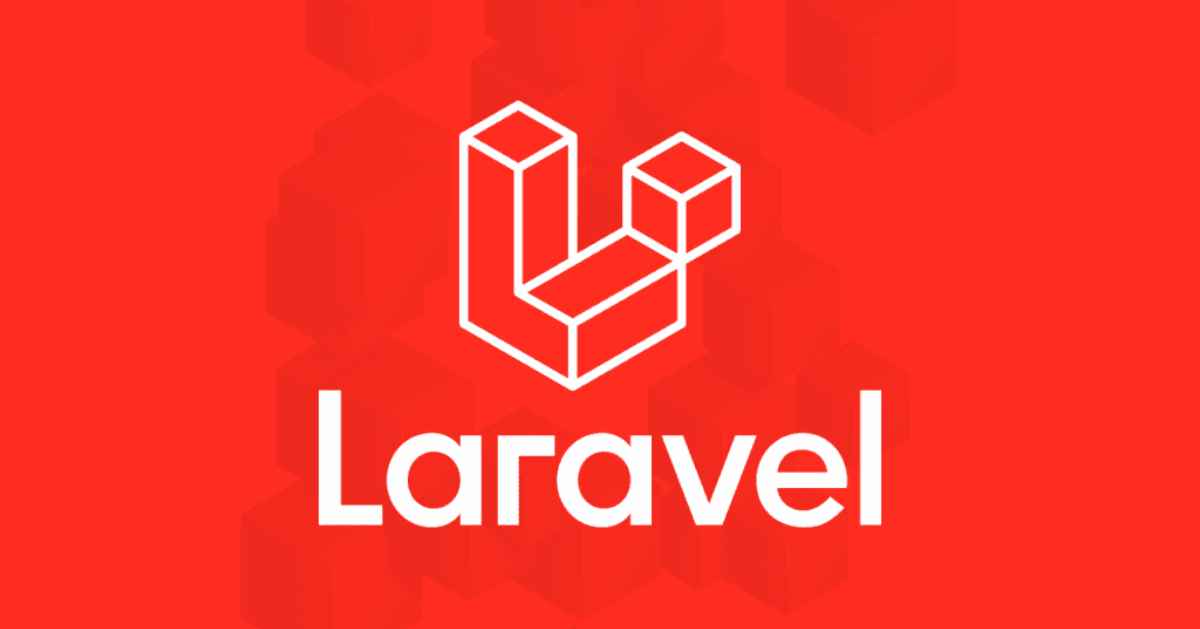Top Backend Frameworks to Learn in 2023

Developers play an important part in the development of online applications, and as technology progresses, so do the tools and frameworks available to make their jobs easier. Backend frameworks are among the technologies that aid in the server-side development of web applications. A backend framework offers pre-built components, libraries, and tools to developers, making writing, testing, and deployment easier. In this post, we will look at the best backend frameworks for developers to learn in 2023.
Thank you for reading this post, don't forget to subscribe!Laravel
Laravel, a well-known PHP development framework, is famed for its clean and attractive PHP code.
On particular tasks like routing, authentication, queues, and containerization, it makes the production process simpler. The migration mechanism included in Laravel’s backend allows for the customization of database queries. For creating both small and big apps with complicated backend requirements, the Laravel PHP framework works well especially if you cooperate with back end development company.
It fits the requirements of businesses for producing open-source apps. Its robust community guarantees that any programming issues are quickly fixed.
Flask

Another Python-based framework is renowned for producing reliable and contemporary online applications. It is referred to as a “microframework” since it does not include certain tools, libraries, or other capabilities. As a result, it is a very straightforward, versatile alternative that is simple to use.
Flask, on the other hand, has specific URL arguments, built-in dynamic URL parameters, templates, and HTML elements that make it both responsive and adaptable. Additionally, it has a built-in development server that makes debugging easier.
Although Django is not the all-encompassing, powerful Python platform that is, it does support a wide range of extensions, enhancing its utilities and features and producing well-designed dynamic applications.
Spring Framework

The Spring Framework enables Java programmers to create intricate, dynamic web applications fast. It’s common to refer to Spring as a “framework of frameworks.” This is because there are many different Spring modules available for you to utilize.
By reducing time spent on boilerplate code and setups, Spring Boot, a component of the framework, greatly improves the coding efficiency of standalone web apps and microservices. Additionally, Kotlin, Groovy, and Scala are just a few of the many Java Virtuation Machine (JVM) technologies that Spring Boot supports.
As an “opinionated” framework, Spring Boot is said to favor particular design patterns in order to facilitate development using those patterns. In other words, depending on the dependencies you provide in the project requirement, Spring Boot chooses the configuration settings and the packages to install.
ASP.NET

C#-based ASP.NET is one of the most widely used backend frameworks. As with everything made by Microsoft, it comes with first-rate support and a vibrant user base that is advancing technology. As a result of years of development and support, the programming language C# has become one of the most potent tools for creating complex corporate systems. You will get access to a vast amount of documentation, excellent VSCode plugins, unit testing that is ready to use, and any additional feature you could possibly need set out for you. Additionally, you will profit from Microsoft’s assistance should you require it. Although ASP.NET and C# are not the most cutting-edge technologies, they are a solid framework that would impress any tech enthusiast.
Node.js
The V8 Javascript engine powers the cross-platform, open-source ecosystem known as Node.js. Node.js is often used by developers to create the backends for web applications since it executes JavaScript on the server. Node.js is the main programming language of around one-third of professional developers, according to StackOverflow’s Developer Survey.
With a large ecosystem of packages and modules enabling simple application integration, it is lightweight and effective. There are three well-known Node.js frameworks for backend development: Meteor.js, Express.js, and Nest.js.
Conclusion
Backend frameworks are vital tools that every developer should have in their arsenal. They aid with the building of web applications by offering pre-built components and tools that make writing, testing, and deployment easier. Laravel, Flask, Spring Framework, ASP.NET, and Node.js are among the top backend frameworks for developers to learn in 2023. Developers who grasp these frameworks may create strong, secure, and scalable web apps that fulfill the demands of organizations and their consumers.